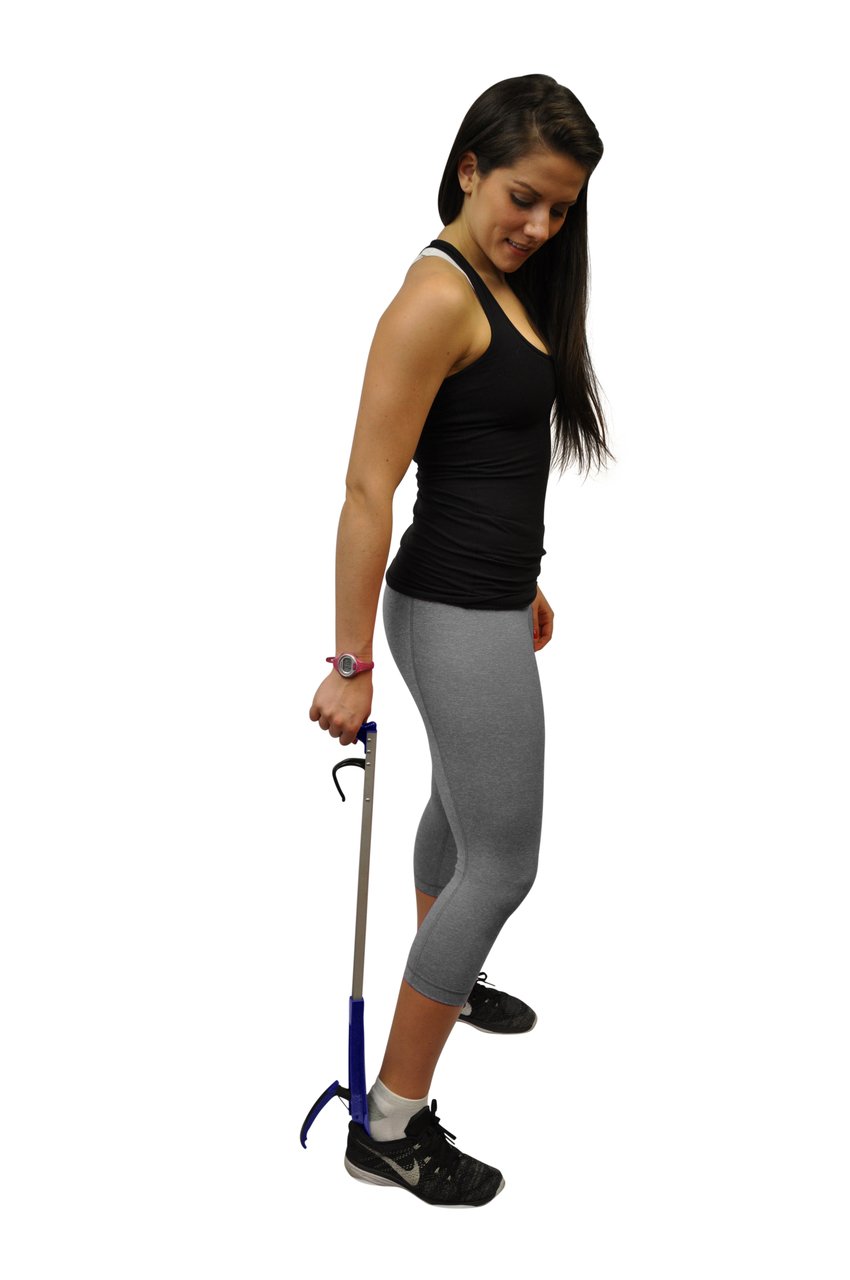
Fit for Recovery: How Exercise Can Benefit Your Long-term Program
Guest Post by Constance Ray of recoverywell.org
Recovering from an addiction is tough, but it’s one of the most important challenges you will ever undertake. In order to succeed, you want every advantage at your disposal. Participating in a physical fitness regimen can be a big benefit to your recovery program and help you stay clean long-term. Here’s how.
The vicious cycle. Successful recovery from addiction includes breaking the unhealthy cycle of the past. Addicts suffer with unhealthy coping mechanisms. When presented with uncomfortable and difficult situations, it’s vital to learn healthier, better patterns. It’s also vital to manage your environment so you are less inclined to be subject to those situations. As explained by The National Addiction Institute, it doesn’t matter at what stage the cycle is broken, but the way you view your stumbling blocks and coping skills must change to engage new habits. According to some studies, through exercise you can achieve better responses and manage stressors, triggers and cravings in a healthy and productive manner.
How exercise helps. You can enjoy a number of mental health benefits from exercise. For instance, working out reduces feelings of anxiety and depression, lowers stress levels, and improves brain function. Addicts often struggle with developing healthy sleep patterns, and it can help there, too, however don’t exercise too close to bedtime since working out can initially make you feel energetic. Getting fit can improve your self-esteem and confidence, which are often shaken by addiction. Working out can release feel-good chemicals in your brain, helping to offset those unhealthy highs you are used to receiving. You can even reverse some of the physical damage substances created in your brain and body. Some experts feel exercise is also a great distraction from old habits, since your focus can be on your next workout goals instead of your next fix.
Types of exercise. Some research reflects that ideally you will participate in both aerobic and strength training in order to reap all the benefits of a physical fitness regimen. Harvard Health Publishing explains aerobic exercise gets your blood pumping, working out your heart and lungs. You should aim for five half-hour sessions per week of aerobic activity, which can include activities such as cycling, jogging, hiking, dancing, swimming or marching in place. Strength training builds muscle mass and can include push-ups, squats, weight lifting and working with resistance bands.
For a well-balanced program, include some stretches to help keep your body flexible. Add those to the beginning of your workout to warm your muscles. Also, incorporate balance exercises because as we get older we can become unsteady on our feet. Exercise is meant to benefit your body both now and for the future, so even if you feel you’re too young to be affected by balance concerns it’s never too soon to engage in a routine that will support you in the future.
Staying motivated. Even with the importance of exercise in your new lifestyle, you may have days or times it’s hard to find the desire to workout. Fortunately, there are several things you can do to develop your motivation to exercise. For example, one of the great things about working out is it’s an opportunity to engage with new people. Obviously you can workout alone, but a workout partner or class can be a boost.
Consider participating kickboxing, Zumba or volleyball. Or, you may enjoy a more introspective class, like yoga. Try new things and mix it up. Also set some goals to maintain your interest, since it feels fantastic when you reach them. Make sure you are realistic and don’t set the bar too high, since falling short is discouraging, or you can hurt yourself with overexertion.
Fit and clean. Your recovery won’t be an easy road. With good coping skills you can enjoy a productive and healthy lifestyle, making good choices and managing well. Make exercise part of your routine and break your old habits for long-term vitality.
Image courtesy of Pixabay





